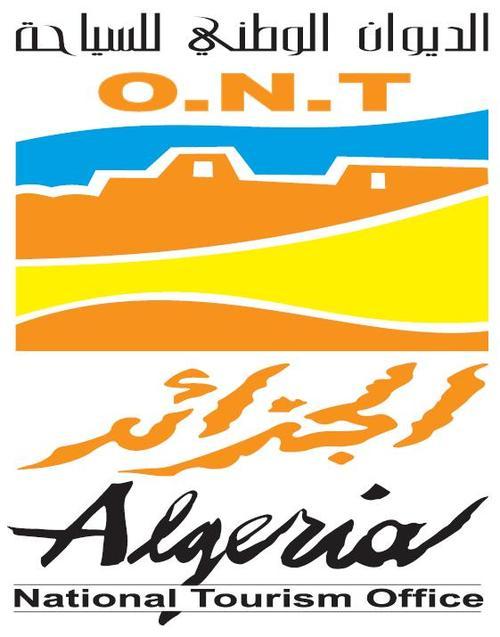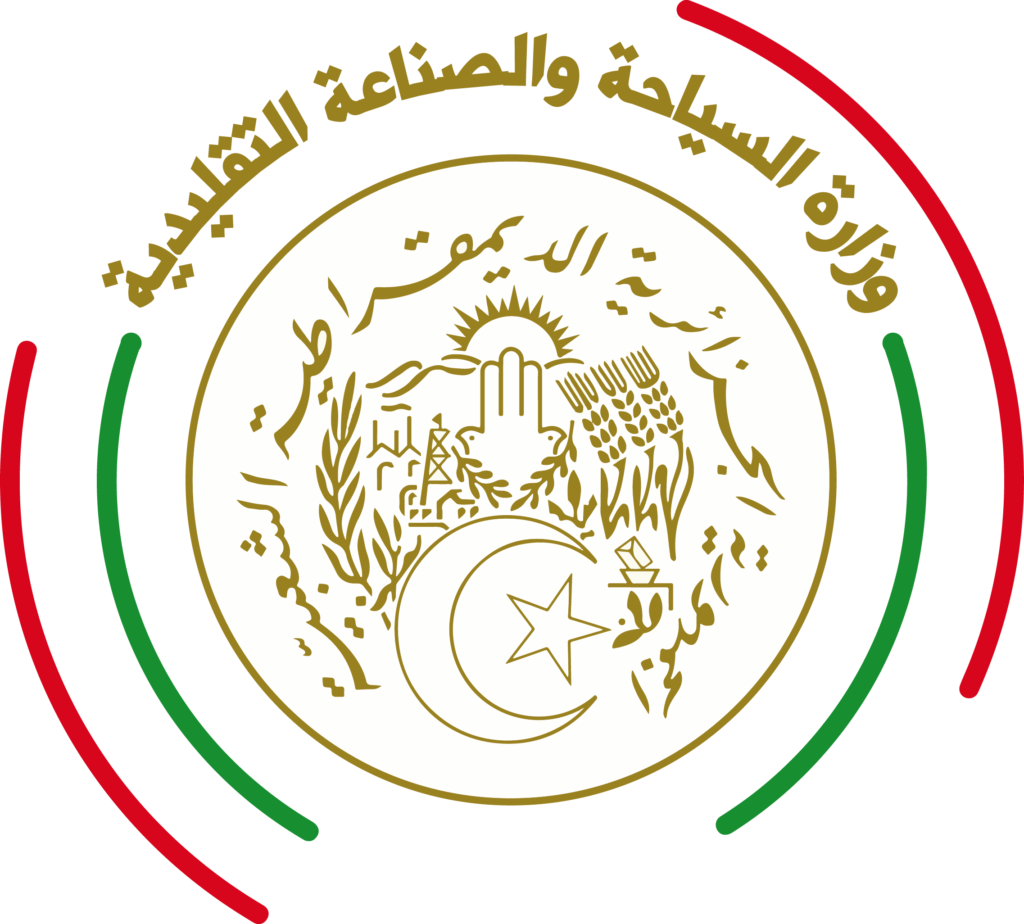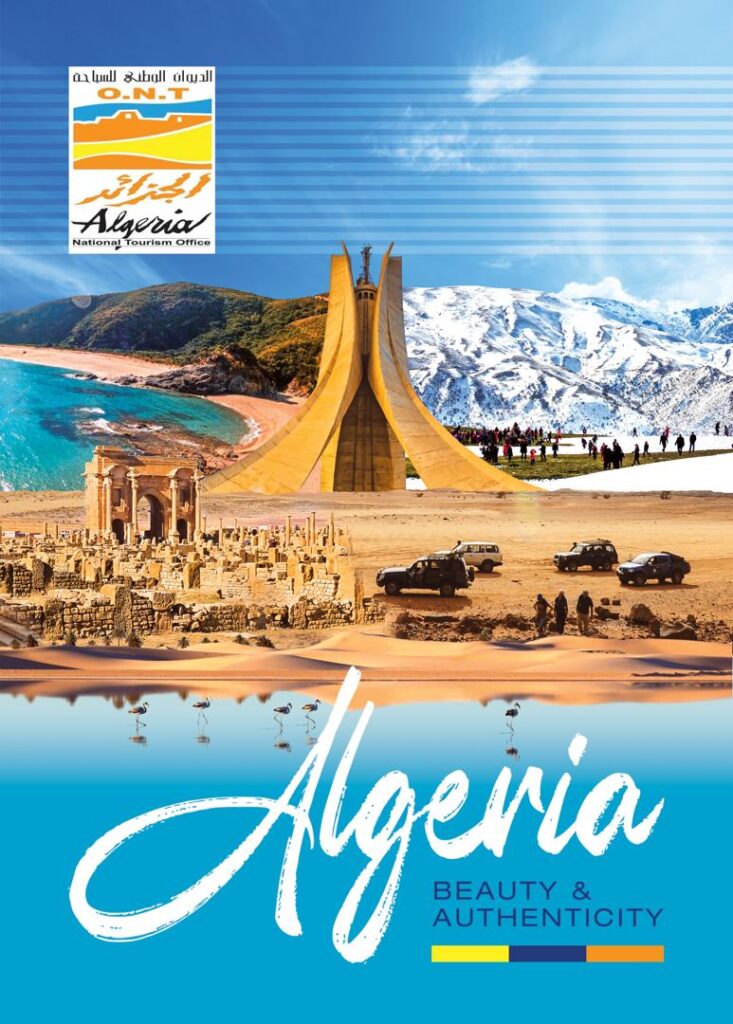The origin of the building
Of all the monuments of Tlemcen, and Waller g of its small size and its proximity to the Great Mosque, it is a mosque, “Abu al-Hasan Altensee”
(“Sir, Belhassen” as a trader in the region), which embodies the building to a great Moroccan architectural style of Andalusian origin and the extent of Tlemcen.
The museum is located on the west side of the square adjacent to the Great Mosque of Tlemcen
The sultan built “Abu Said Osman, Khalifa, son of Yaghmrasen.”
This artistic year parameter 696 AH / 1296 AD in memory of the prince “bin Abu Amer Ibrahim Abi Yahya Yaghmoracen Ibn Ziane”, who recommended the construction of this mosque before his death, and imprisoned him some of his real estate money, as evidenced by the inscription on the malachite green page, line written Andaloussi clean, installed on the west wall of the prayer room, the center of the third row, as well as gypsum Anakesthan Almsnoatan whose oracle Talon.
Origin of the label
This mosque is attributed to the world of Galilee, “bin Abou Hassan Ali succeeds Altensee”, which exercised the judicial power under the rule of the sultan “Abu Said Othman” (1283 m – 1303 m). In honor of him, because he was one of the best scientists of his reign and met them.
The design of this building, which dates from the Bani Abd El Oued period, with modest dimensions compared to the designs of the mosques located in the city is characterized by the absence of the courtyard design and wall tiles parallel to the direction.
The building was known for several transformations during the colonial period:
(1836 AD 1848), in a Koranic school in 1849, then in a French Islamic school in 1895.
In 1900, a fire broke out in, and decided to turn it into a museum after the restoration and after the conflict between engineer Mr. Ballou and the governor of the city of Algiers
First showroom
This room contains a collection of important manuscripts, in addition to the architectural beauty are featured in the prayer room of the original mosque is divided into three naves and three bays lined by two rows of broken contracts on the basis of marble columns at above beautiful crowns.
The ceilings were made of intertwined cedar wood beams giving the first Algerian model of these cavities, developed three or four centuries earlier by Andalusia.
Opens the oracle contract aged in a rectangular frame, surmounted by three slits occupied by a vicious Hmacat adorned with roses, and these are the outward signs of the oracle of the masterpieces of the work of inscription on the plaster , the alternative Fjnbat contract provided with plant elements and other writings. One of the corners emits fine, distant, spiral patterns. This mihrab represents the pinnacle of Moroccan-Andalusian art.
It has a hexagonal shape, and is covered by a dome with stalactites similar to those of each villager of the mosque of Fes, the Koutoubia Mosque and Tinmel (Marrakech). Kouta-shaped emanating from the octagon design, to achieve Qubeibeh with overlapping ribs, also decorated the bottom of zigzag plant element crowns, curved a Stenographer tradition the ancient acanthus crowns, while parallel surfaces of higher shape, consisting of floral motifs remember some of the Cordoba collectors crowns The crowns The other is decorated with a central decoration composed of palms made from lower acanthus leaves.
Second showroom
Are the other containing the value of the large group of manuscripts, in addition to a set of monuments dating from the period Alzayanih, found during the restoration process in 2011 as part of the event “Tlemcen, capital of culture Islamic, “is now placed inside the windows to display archeological.
Third showroom
It is the smallest room in the museum, but the rooms it contains are as important as the collection of the two adjoining rooms.
During the restoration, an old well dating from the Zayani period was found.




